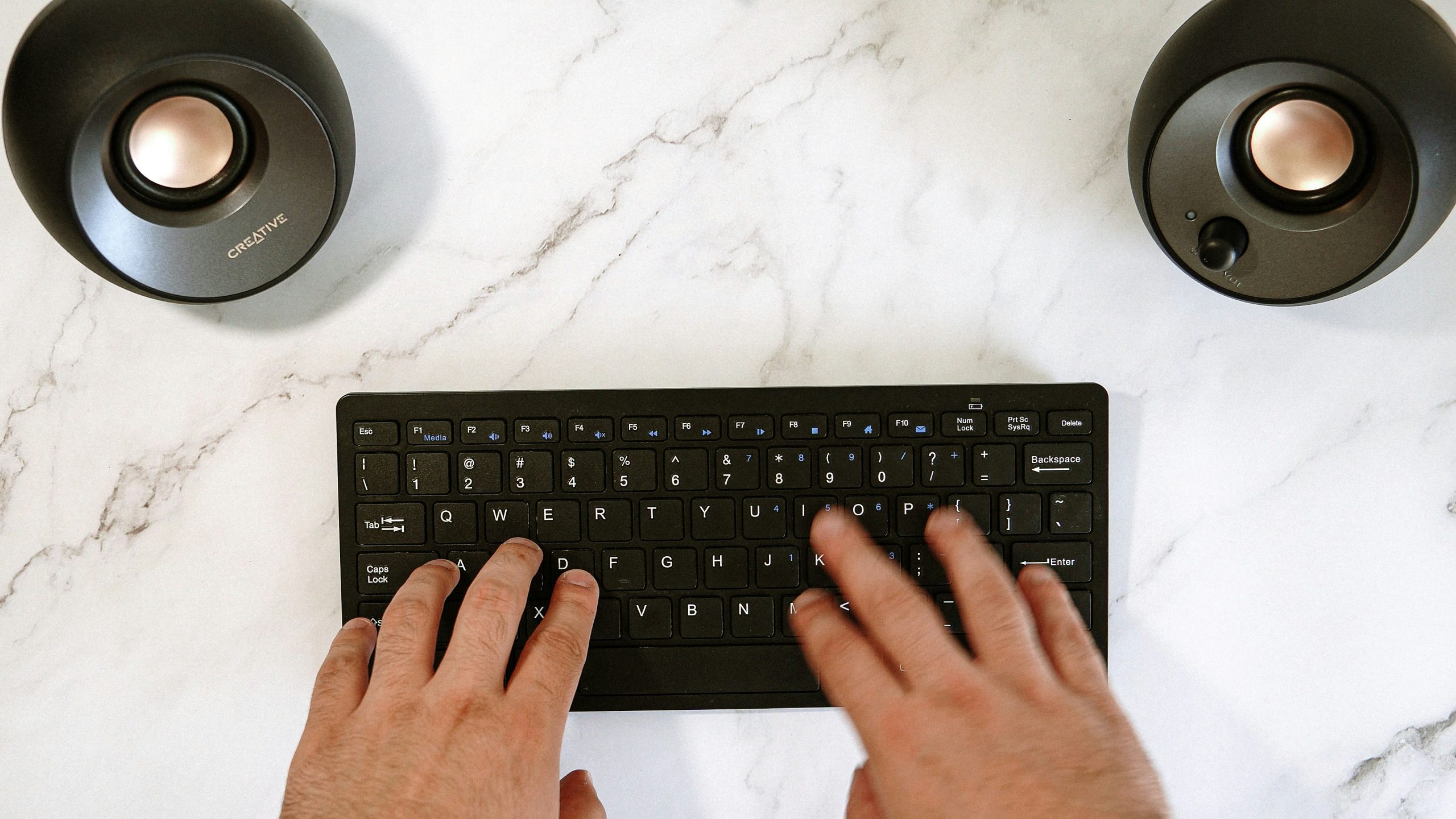Have you ever experienced the frustration of changing the batteries in your wireless keyboard, only to find that it still refuses to work? It’s a common scenario that can leave even the most tech-savvy individuals scratching their heads. The convenience of a wireless keyboard is undeniable, but when it suddenly stops functioning after a simple battery swap, it can be incredibly perplexing. In this article, we will delve into the potential reasons why your wireless keyboard may not be working after changing batteries, explore troubleshooting techniques, and provide valuable insights to help you get back to typing with ease.
Check battery installation: Ensuring proper placement
Ensuring proper battery installation is crucial when it comes to the functionality of wireless keyboards. A common oversight is the incorrect placement of the batteries, which can lead to connectivity issues and malfunctions. When inserting the batteries, it’s important to carefully follow the device’s instructions and ensure they are positioned according to the polarity indicators. Additionally, some keyboards require specific battery types or configurations, so double-checking these details can prevent unnecessary troubleshooting later on.
Moreover, even if the batteries are placed properly, physical obstructions or interference from other electronic devices can still disrupt the keyboard’s signal. Placing your wireless keyboard closer to its receiver, away from potential sources of interference, can significantly improve its performance. By addressing these considerations for battery installation and placement, users can avoid frustrating technical difficulties and maintain a seamless user experience with their wireless keyboards.

Resetting the keyboard: Re-establishing connection
Have you found yourself frustrated with a non-responsive wireless keyboard, even after swapping out the batteries? Fear not, because resetting the keyboard may be the key to re-establishing its connection with your device. Many users overlook this simple but effective step in troubleshooting, often diving straight into a rabbit hole of complex solutions. By resetting the keyboard, you’re essentially giving it a fresh start, allowing it to reconnect with your device as if it were brand new. This process can help resolve any communication glitches that may have occurred during the battery change and bring your keyboard back to life.
One important thing to note is that different models of wireless keyboards may have varying methods for reset. Some keyboards require pressing specific buttons in combination while others may have a small reset button on the bottom of the device. Consulting your user manual or visiting the manufacturer’s website can provide guidance on how to perform a proper reset for your particular model. Additionally, keep in mind that environmental factors such as interference from other electronic devices or being out of range from the receiver can also contribute to connection issues. Resetting the keyboard alongside ensuring these environmental factors are addressed can significantly improve its functionality and help you regain control over your typing experience.
Checking for interference: Identifying potential obstacles
When troubleshooting a wireless keyboard that’s not working after changing batteries, it’s essential to consider potential interference from other devices. Identifying potential obstacles such as nearby electronic equipment, wireless routers, or even physical obstructions can help pinpoint the cause of the keyboard malfunction. Often overlooked, these factors can disrupt the signal between the keyboard and the receiver, leading to connectivity issues.
To check for interference, start by relocating the wireless keyboard closer to its receiver and removing any possible sources of interference in the vicinity. Additionally, minimizing the number of connected devices and reducing Wi-Fi congestion can also improve connectivity. By being proactive in identifying potential obstacles and taking steps to eliminate them, users can ensure a smoother and more reliable wireless keyboard experience.
Identifying potential obstacles that may interfere with your wireless keyboard’s connectivity is crucial for resolving performance issues. By understanding how various elements can disrupt signals and taking proactive measures to alleviate them, users can enjoy better functionality from their devices.

Updating drivers: Ensuring software compatibility
Updating drivers is a crucial aspect of ensuring software compatibility, especially when dealing with hardware peripherals like wireless keyboards. Manufacturers regularly release driver updates to improve compatibility with new operating systems and fix bugs that could cause compatibility issues. By keeping your device drivers up to date, you can ensure that your wireless keyboard functions seamlessly with the latest software updates and applications.
Failure to update drivers can result in software incompatibility, leading to issues such as unresponsive keys or erratic behavior from the keyboard. This can be frustrating for users who rely on their keyboards for work or gaming. Regularly checking for driver updates and installing them promptly can help prevent these issues and ensure that your wireless keyboard continues to function smoothly across different software environments.
Furthermore, updating drivers not only ensures compatibility but also enables users to take advantage of new features and optimizations introduced by manufacturers. It’s an essential part of maintaining the performance and functionality of your hardware, allowing you to make the most out of your wireless keyboard experience.
Contacting manufacturer support: Seeking professional assistance
When your wireless keyboard stops working after changing batteries, it can be frustrating and confusing. In such situations, reaching out to the manufacturer support for professional assistance is crucial. Manufacturer support teams have in-depth knowledge about their products and can provide specific troubleshooting steps tailored to your device model.
Seeking professional assistance from the manufacturer support can also help you avoid potential damage or voiding of warranties by attempting DIY fixes. Additionally, manufacturers often offer comprehensive guidance on resetting or re-pairing your wireless keyboard with your computer or device, a task that can be complex without expert advice. By contacting the manufacturer support, you not only receive specialized help but also gain access to potential product recalls, firmware updates, or replacement options for faulty devices.
In conclusion, when facing issues with your wireless keyboard post-battery replacement, don’t hesitate to reach out to the manufacturer’s support team for professional assistance. Their expertise and dedicated customer service can make all the difference in resolving the issue effectively and efficiently.

Conclusion: Troubleshooting and resolving wireless keyboard issues
In conclusion, troubleshooting and resolving wireless keyboard issues can often be a straightforward process if approached systematically. Start by ensuring that the batteries are correctly inserted and have enough power, as low battery levels can frequently cause connectivity problems. If the issue persists, try re-syncing the keyboard with its receiver by following the manufacturer’s instructions – this can often solve intermittent connection problems.
If these steps don’t resolve the issue, consider checking for interference from other wireless devices or nearby electronic equipment, which could disrupt the keyboard’s signal. Additionally, updating or reinstalling the keyboard drivers on your computer may help address compatibility issues and improve performance. Ultimately, patience and methodical problem-solving will often lead to success in troubleshooting wireless keyboard issues, allowing you to regain full functionality with your device.